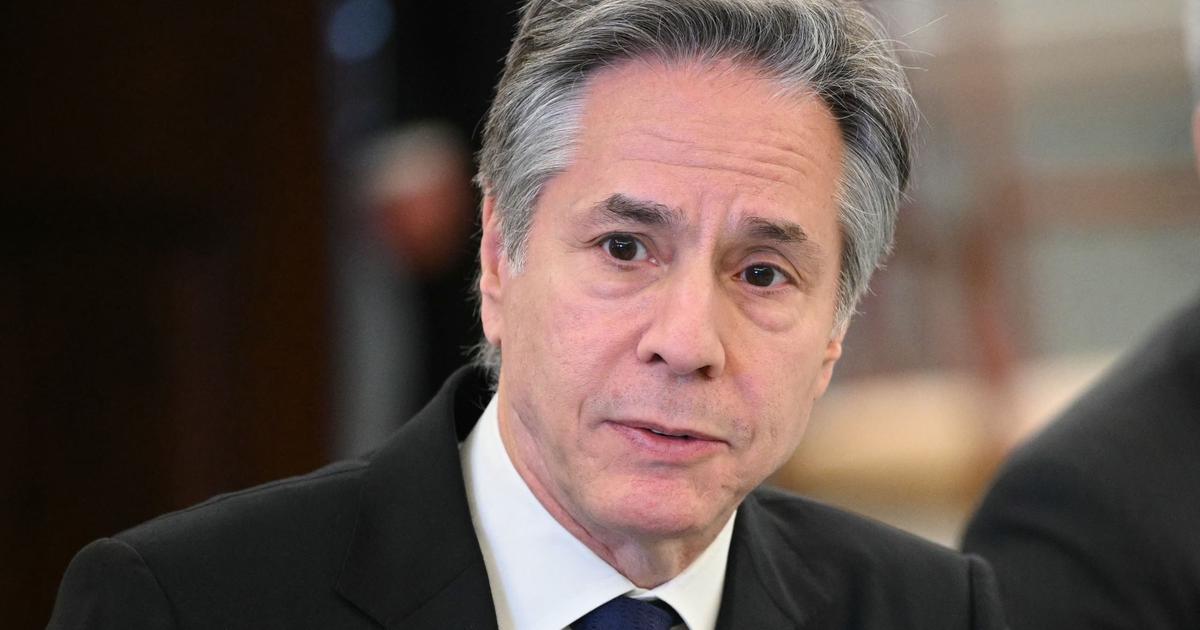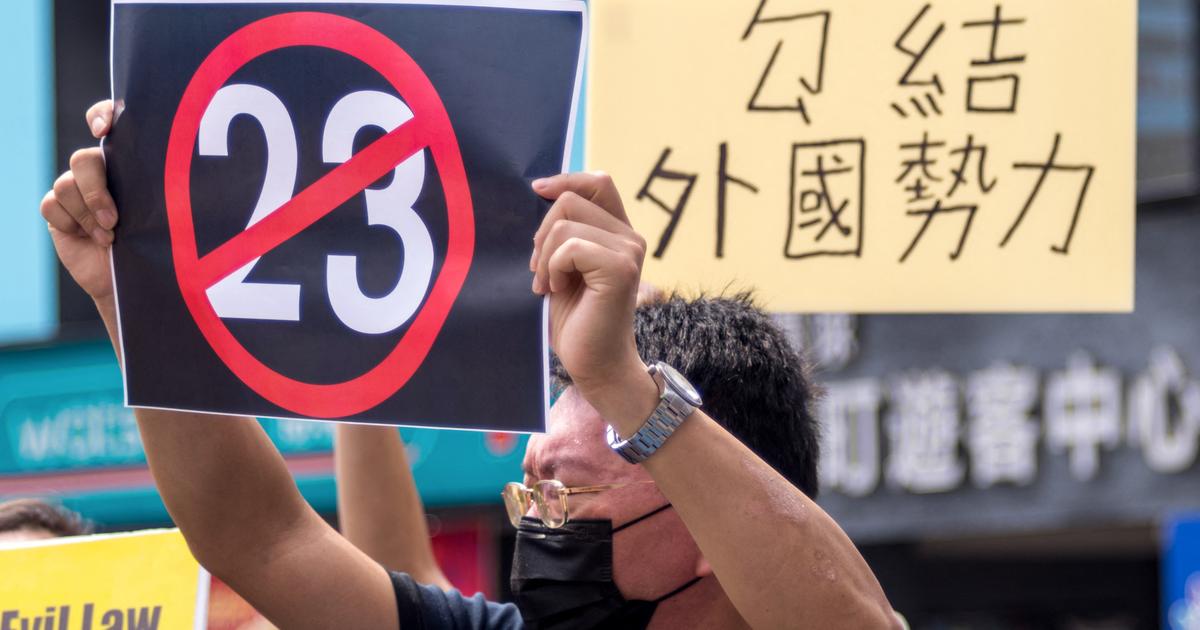Stroke is one of the major disease killers in Hong Kong. On average, about 3,000 people die from cerebrovascular diseases every year. The Hospital Authority has more than 10,000 cases of acute stroke admitted to hospital every year. Among them, acute ischemic stroke patients, if they can develop symptoms within 3 Access to intravenous thrombolytic therapy within hours greatly increases the chance of recovery, with data showing that one out of every seven patients treated can regain the ability to care for themselves.
Huang Shiheng, deputy consultant doctor of the emergency department of North Lantau Hospital, said that intravenous thrombolytic therapy has covered the emergency departments of public hospitals in Hong Kong. In recent years, stroke patients have tended to be younger. The meeting will also increase, the public should pay attention.
Medical staff conduct computer scans of the patient's brain to determine the type and location of the stroke.
Huang Shiheng said that stroke includes ischemic stroke and hemorrhagic stroke (commonly known as burst blood vessel). The ratio of patients in the public hospital is 8 to 2. Among them, within 3 hours of the onset of stroke symptoms, intravenous thrombolysis is given to the screened patients with ischemic stroke. Injection (vulgar hemolysis injection) can increase the chance of recovery, and the earlier the injection, the better the effect.
If the drug is taken within 3 to 4.5 hours, although the therapeutic effect is reduced, it is still effective. If it is used for more than 4.5 hours, the effect will not be great, and the risk of cerebral hemorrhage is also very high.
Jiang Zhuli, a consultant nurse (stroke department) of Caritas Hospital, said that after a stroke patient is sent to the emergency department, the medical staff will conduct assessment and examination, including brain computer scan, blood test and electrocardiogram, etc. And risk factors, etc. If the patient is diagnosed with ischemic stroke and meets the clinical conditions, he can receive intravenous thrombolysis.
Intravenous thrombolytic therapy can improve the chance of recovery, but the effect will vary according to the patient's condition. Huang Shiheng said that 1 out of every 7 patients who receive intravenous thrombolytic therapy within 3 hours of the onset of stroke symptoms can resume self-care In 3 to 4.5 hours, only 1 out of every 14 patients who receive treatment can recover their self-care ability.
Huang Shiheng said that intravenous thrombolytics will affect blood coagulation function and easily cause hemorrhage, especially cerebral hemorrhage, because the damaged part of the brain ischemia will increase the risk of hemorrhage when the blood flow is restored. Severe cerebral hemorrhage can lead to death. In addition to the increased risk of cerebral hemorrhage, other parts of the body may also cause bleeding, and even drug allergies. Therefore, a careful evaluation by the medical team is required to determine whether the patient is suitable for thrombolytic therapy.
Mr. Shao had a stroke two years ago. He remembered that after having lunch at home that day, he "already felt dizzy", and then felt dizzy and "spinning". The family assisted the police, and was taken to Caritas Hospital by ambulance. After being evaluated by the medical staff, he was injected with a hemolytic needle and gradually recovered. His current work and activities are not affected, and he can continue to drive after passing the assessment.
He said that he did not know about intravenous thrombolytic therapy before the stroke, and he also misunderstood that this kind of treatment is only available in some "leading" big hospitals. Both.” Intravenous thrombolytic therapy has actually covered the emergency departments of public hospitals in Hong Kong, and it is suitable for stroke patients.
Hospital Authority HA Go Mobile App Provides Patient Home Rehabilitation Training Stroke Patients Significantly Improve in Three Months CUHK Research: More than 65% of Middle-aged and Elderly People Suffer from Cerebral Small Vessel Disease Stroke Rate is 2.3 Times Higher Causes include stroke, brain degeneration, etc. 60% to 70% of patients with atrial fibrillation are asymptomatic and have stroke only to discover that 20% of them died







